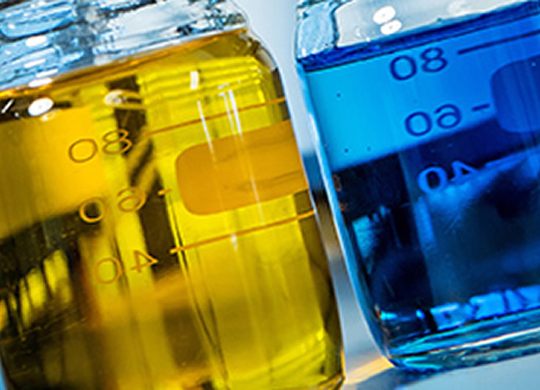Chromatography is a chemical technique that physically separates a mixture into its component parts. It is a highly effective technique that is used in multiple industries, from food to pharmaceutical, and across all branches of science. Often, it is the only way to separate components, down to the molecular level, from complex mixtures.
Liquid chromatography and gas chromatography are the dominant forms of chromatography. These broadly used techniques include multiple types of chromatography. For instance, high-performance liquid chromatography (HPLC) is a fast, effective process used to maintain product purity and to separate different biological molecules- like proteins and nucleic acids. Affinity chromatography, also a type of liquid chromatography, relies on molecules’ ability to bind together, and then the elution (“washing off”) of non-binding molecules.
Chromatography usually begins with a sample that has individual components that require separation and identification. Components in the sample can be of either solid or liquid origins. A sample mixture can be liquid (for liquid chromatography) or a gas state (for gas chromatography).
There are two phases in chromatography, the mobile phase and the stationary phase. The mobile phase either carries the sample mixture to the stationary phase or disrupts the sample mixture from stationary phase during elution. In liquid chromatography the sample should be compatible with the mobile phase. For gas chromatography the sample, when injected into the process, will convert into a gas—if the sample began in a liquid state.
During the stationary phase the sample mixture moves through a second material, often a solid medium, that differentiates and separates the molecules.
Molecules that share characteristics such as structure or size will group together because they travel through the chromatographic process at the same rate. Charged states of molecules (all matter is either positively, negatively or neutrally charged at the molecular level) in a mixture may cause molecules to behave in a similar like-with-like pattern, or the exact opposite.
At the end of the chromatographic process, the molecules have sorted into distinct, separate, groups.



















